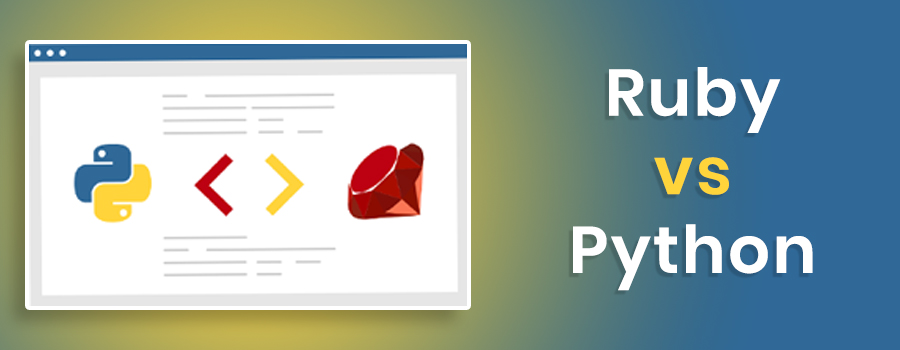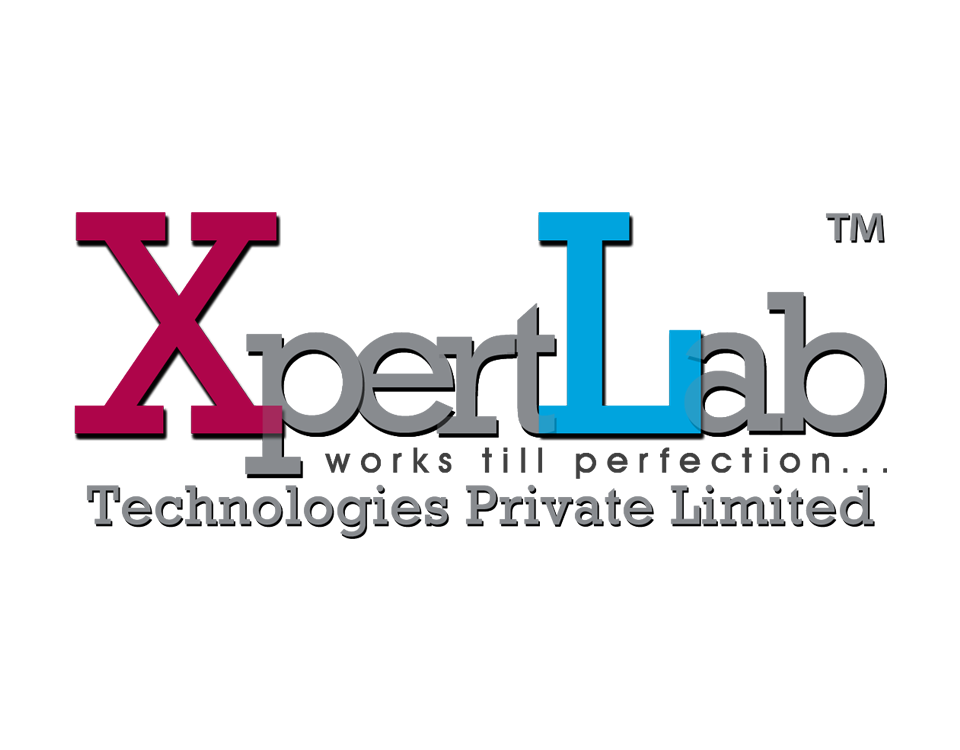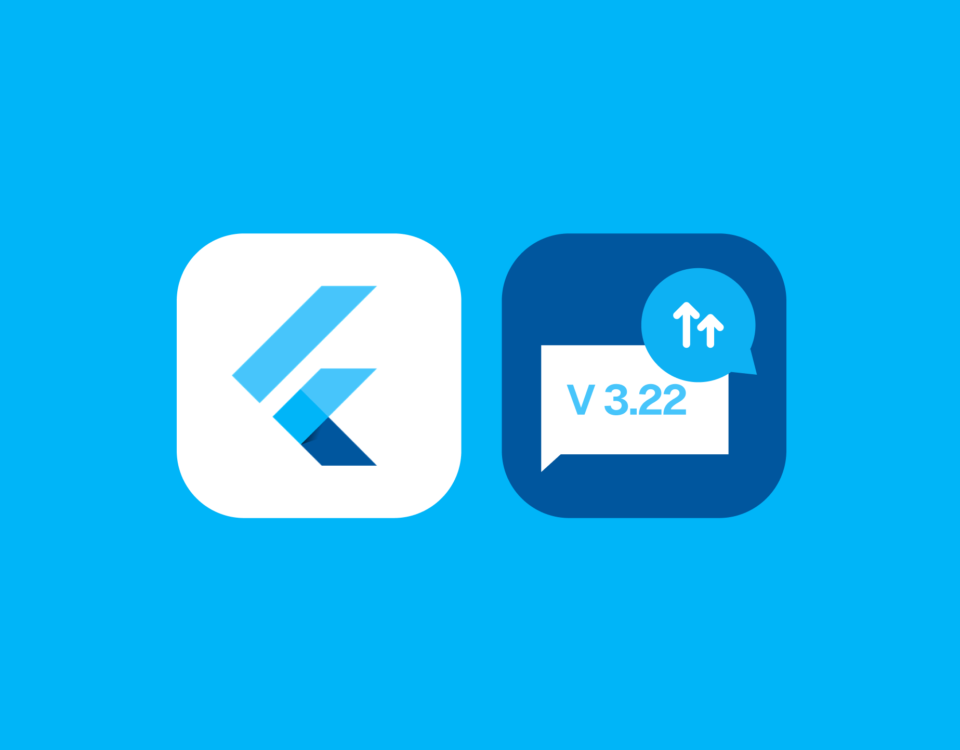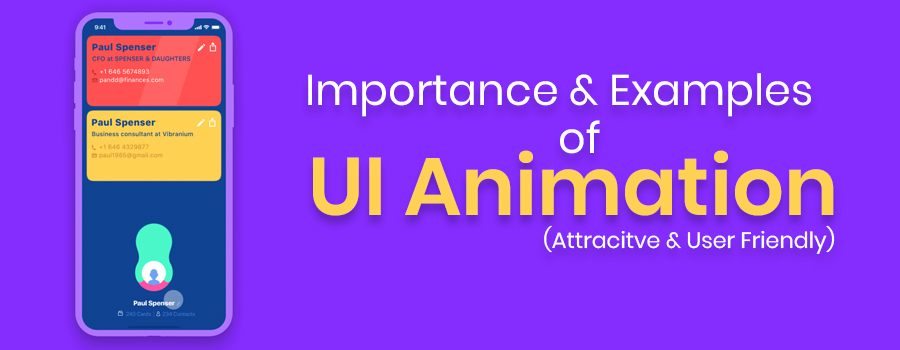
Importance & Examples of UI Animation
8th October 2020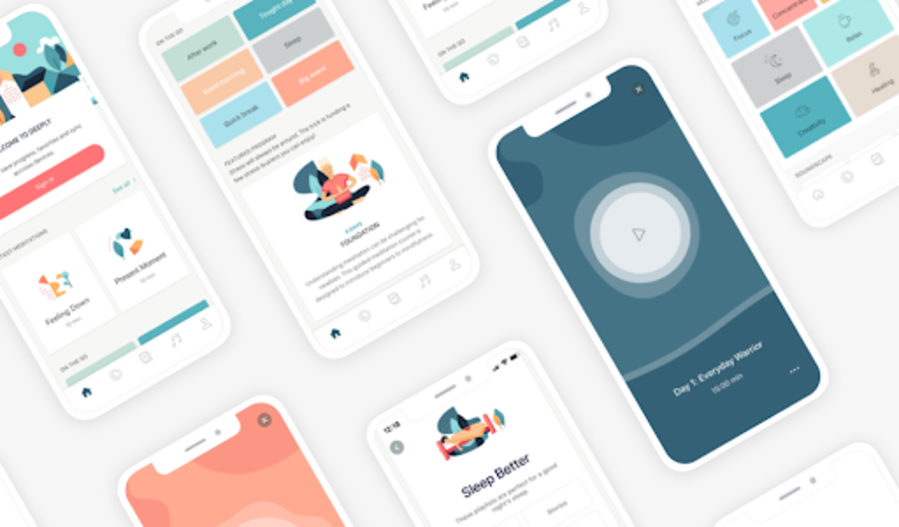
HOW TO MAKE YOUR ANDROID APP VISUALLY RICH & SPLENDID?
12th October 2020Programming and coding have got to a whole next level due to the latest progress introduced in the web app development industry. From relevant aspects to testing, this progress has brought some great benefits for the app development companies.
Here, we will discuss the two most popular and used languages and development frameworks, Ruby vs Python. Both are next-gen web development technologies, however, they are skidding into the app development companies as well. With the essence of excellent features and powerful functions, these technologies are providing huge benefits to developers and app development companies.
What is Ruby?
Ruby is an open-source, general-purpose, and interpreted object-oriented programming language. Yukihiro Matsumoto designed it in 1995. Ruby is a fully object-oriented language, and hence, in it, everything is an object. Also, object-oriented programming gives a clear modular structure for the developer’s projects.
Ruby boasts of dynamic typing, automated memory management, garbage collection, and more. It is a very innovative & friendly language. So, while you receive plenty of features to choose from, Ruby also admits new implementations and updates. Besides, Ruby has a host of helpful web frameworks, with Ruby on Rails taking the crown.

What is Python?
Python is a high-level object-oriented programming language. It has built-in data structures, combined with dynamic binding and typing, makes it an ideal choice for rapid application development. Python also offers support for modules and packages, which allows system modularity and code reuse.
It is one of the fastest programming languages as it requires very few lines of code. Its emphasis is on readability and simplicity, which make it a great choice for beginners.

Similarities Ruby VS Python
- Both are scripting, server-side, cross-platform, general-purpose programming languages.
- Both are accessible under open-source licenses, namely OSI-approved (Ruby) and FSF-approved (Python) licenses. So, you don’t require paying any license charges to use them.
- Both are high-level scripting languages, and hence, their programs don’t need to be compiled.
- Both languages are dynamically typed, which means that you don’t have to declare variables firsthand.
- Both languages are available through Lambda functions at AWS.
Differences Ruby VS Python

- Python supports multiple inheritances while Ruby supports single inheritance.
- Python is essentially used for academic, AI, machine learning, data analysis, and scientific programming while Ruby is used for web development.
- Python is not a fully object-oriented programming language. Whereas Ruby is a fully object-oriented programming language.
- In Python a variable is set, so you can’t unset it back while in Ruby It will be present in the symbol table as long as the variable is in scope.
- Python is very clear and elegant to read while Ruby can be very difficult to debug at times.
- Python has methods while Ruby has functions.
Advantages of Ruby
- Offers freedom to developers to apply creative solutions
- Ruby has a clean and easy syntax, which allows a new developer to learn very quickly and easily.
- Just like Python, it’s open source.
- Ruby language was developed to make the developer’s work faster, and it gives freedom to developers to develop any size of the web app in shorter time duration.
Disadvantages of Ruby
- It is not easy to debug tasks in Ruby
- It offers fewer use cases other than web development
- The documentation, as well as community and support on Ruby, are limited.
- Great gems and libraries are difficult to find.
- There is a constant decline in the popularity of Ruby language.
Advantages of Python
- Python is a powerful object-oriented programming language.
- Uses an elegant syntax, making the program you write easier to read.
- Python comes with a large standard library, so it supports many common programming tasks.
- Runs on various types of computers and operating systems: Windows, macOS, Unix, OS/2,etc.
- Very simple syntax compared to Java, C, and C++ languages.
- Extensive library and handy tools for developers
- Python has its auto-installed shell
- Compared with the code of other languages, python code is easy to write and debug. Therefore, its source code is relatively easy to maintain.
- Python is a portable language so that it can run on a wide variety of operating systems and platforms.
- Python comes with many prebuilt libraries, which makes your development task easy.
- Python helps you to make complex programming simpler. As it internally deals with memory addresses, garbage collection.
- Python provides an interactive shell that helps you to test the things before its actual implementation.
- Python offers database interfaces to all major commercial DBMS systems.
Disadvantages of Python
- Used in fewer platforms.
- Weak in mobile computing, hence not used in app development
- As Python is dynamic, so it shows more errors at run-time
- The under-developed and primitive database access layer
- Absence of commercial support
- Since Python is dynamic; more errors show up at run-time


